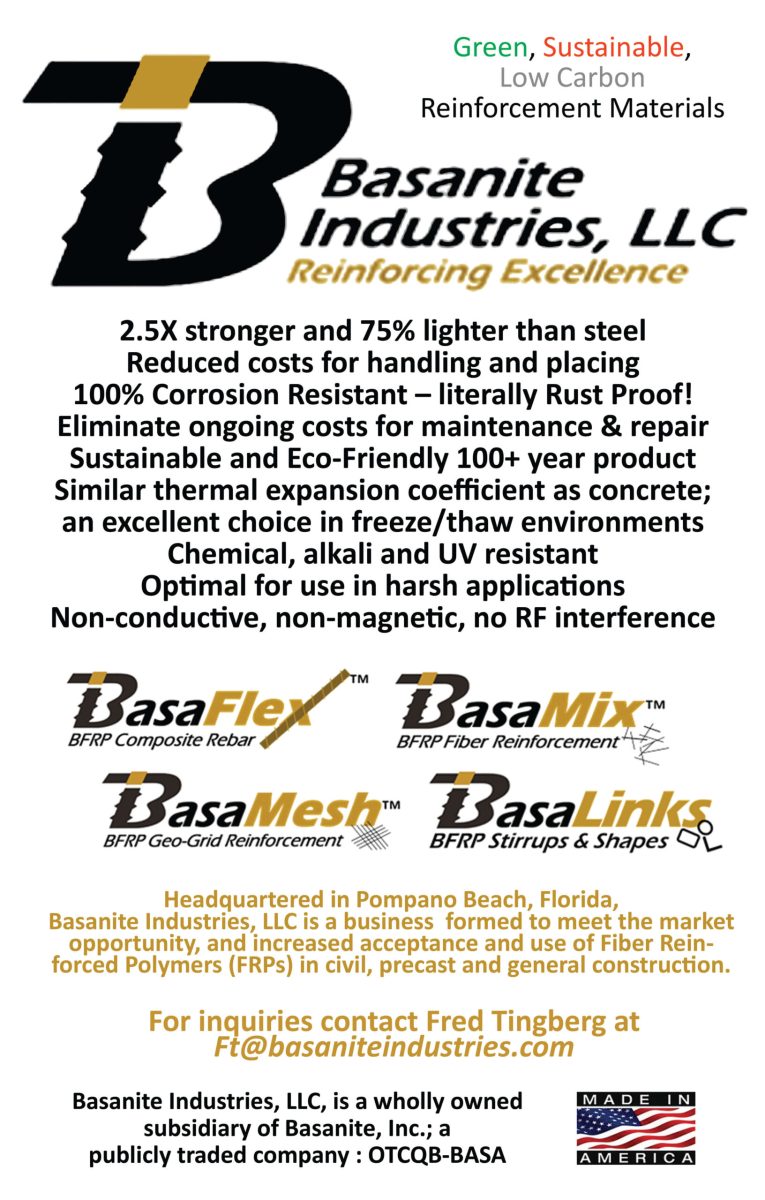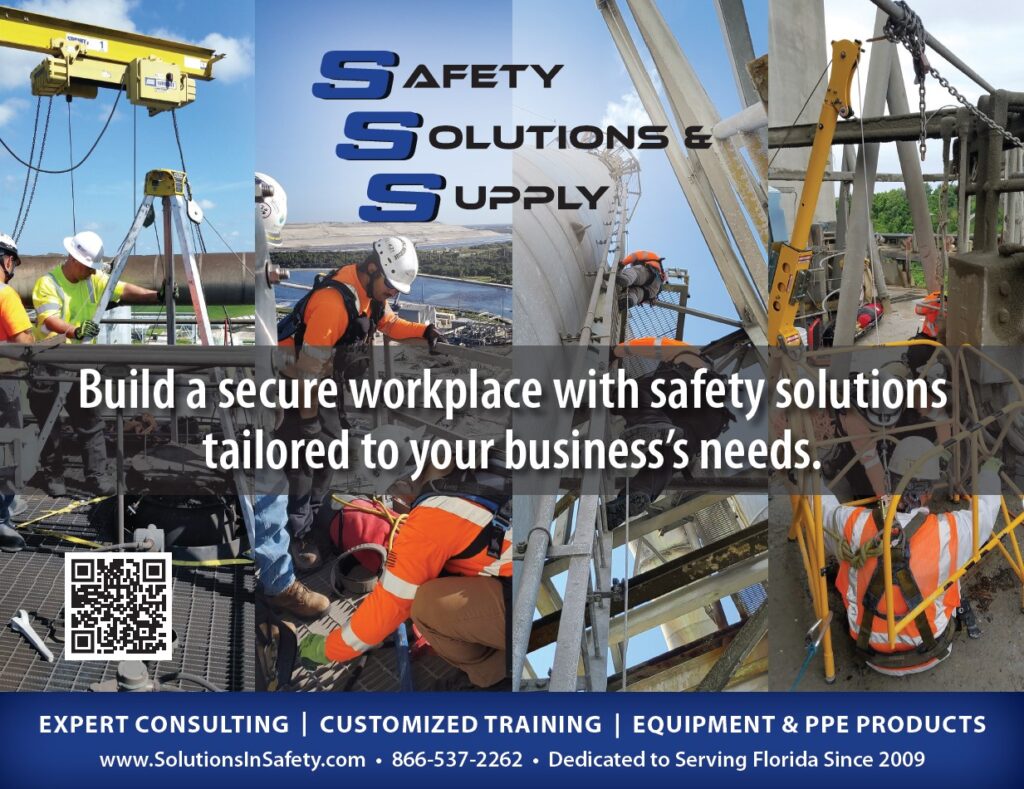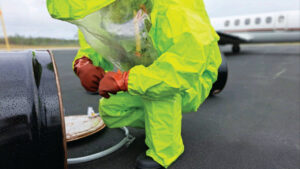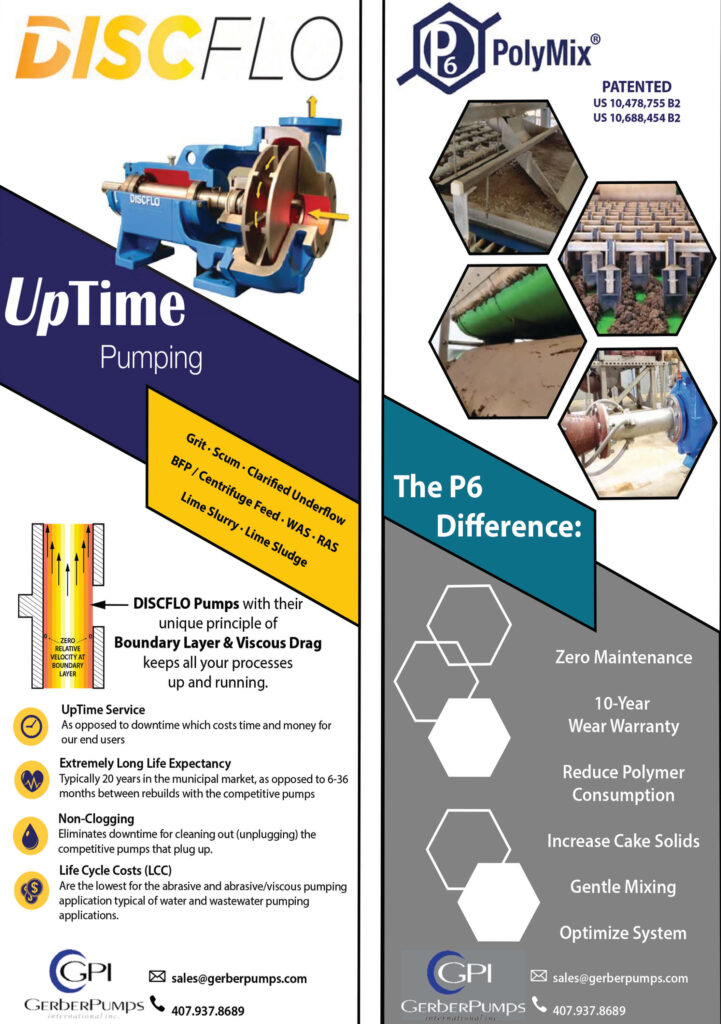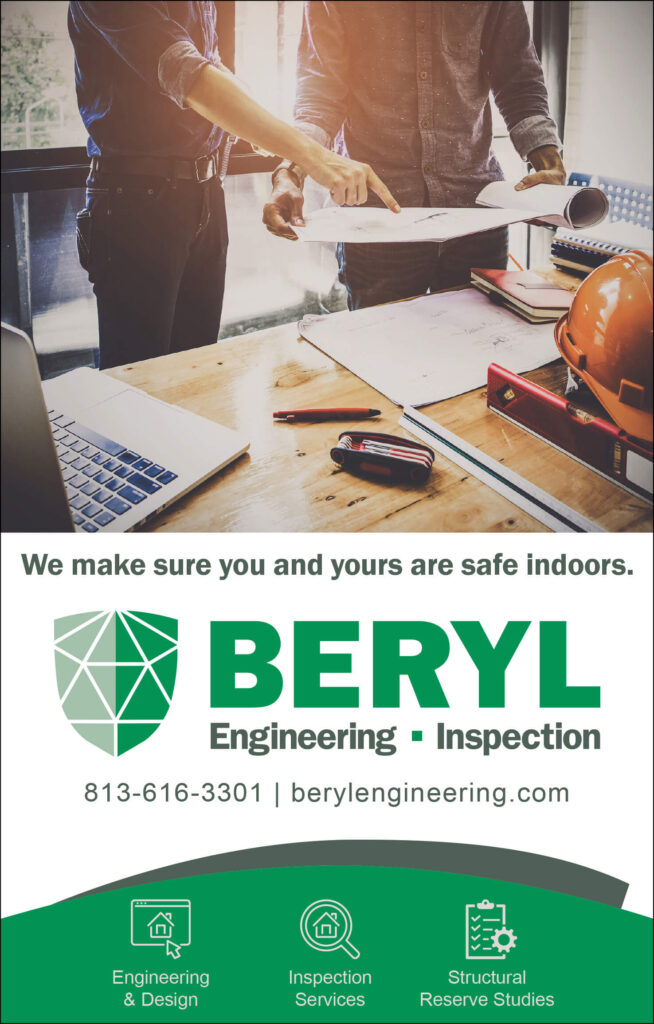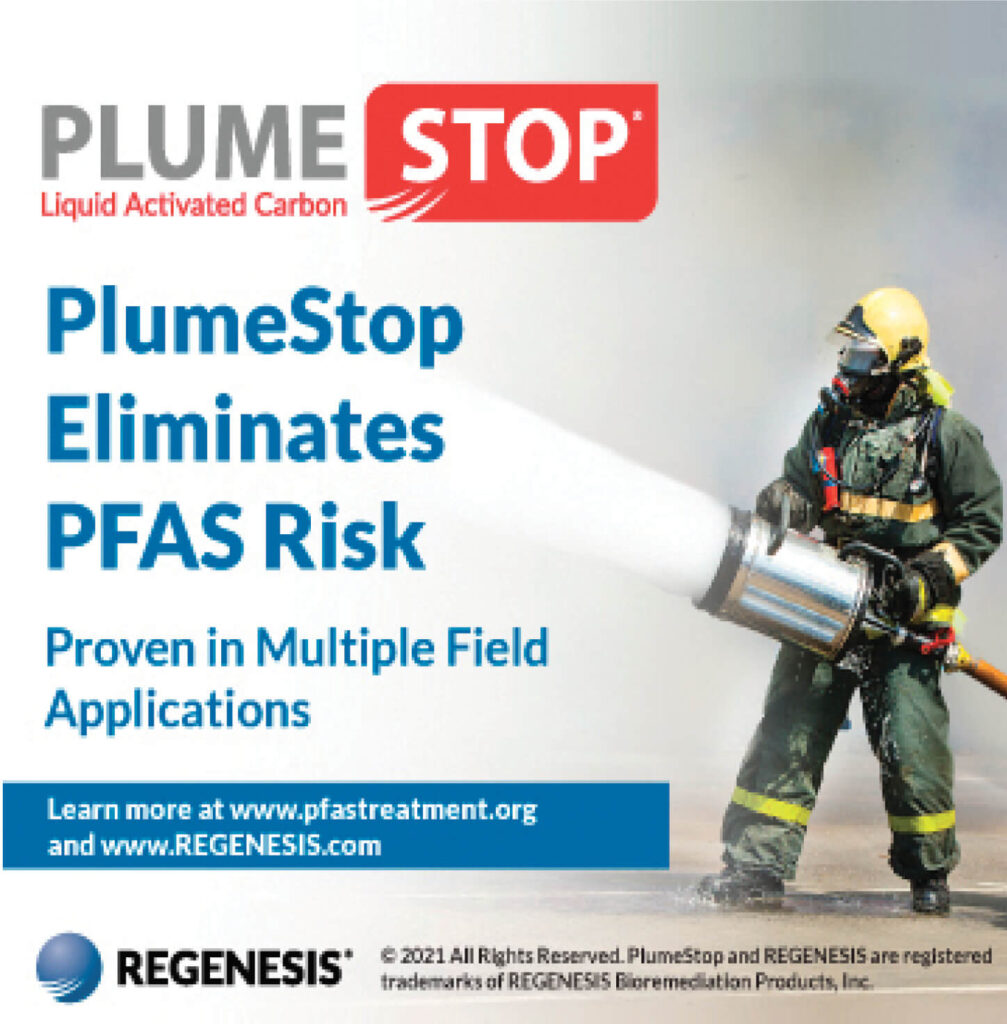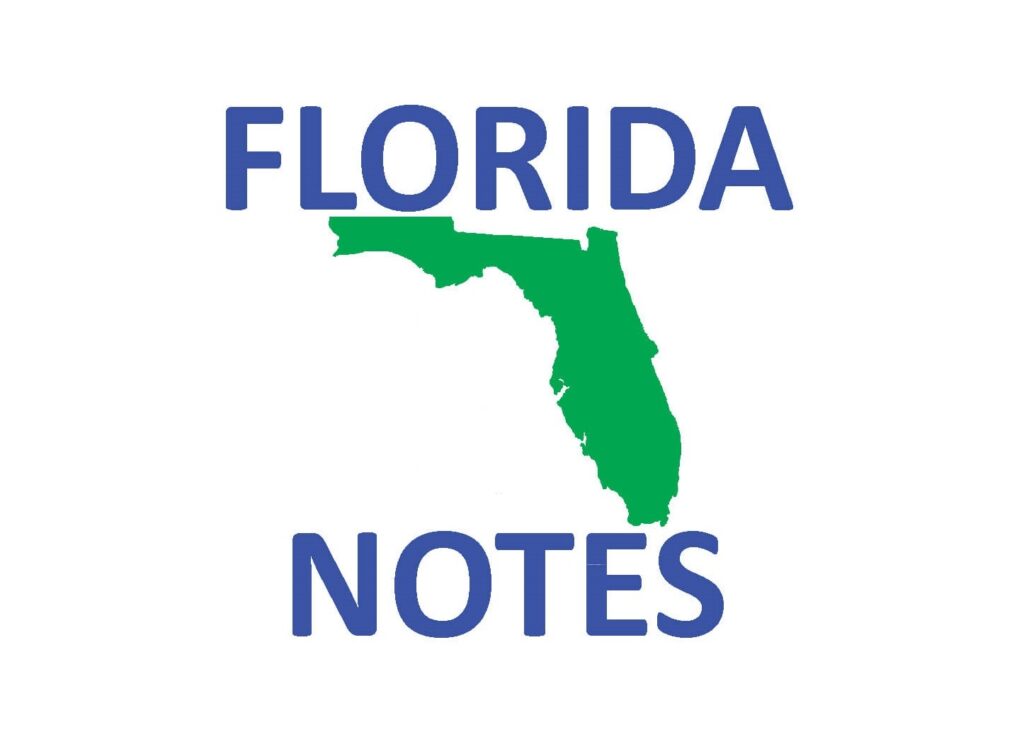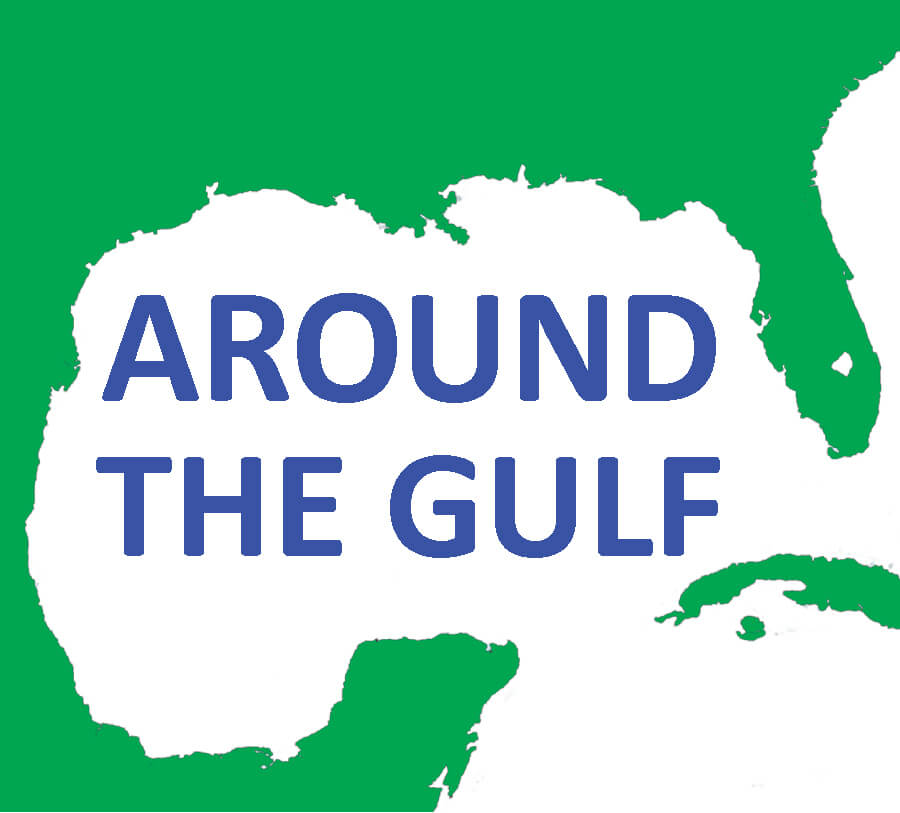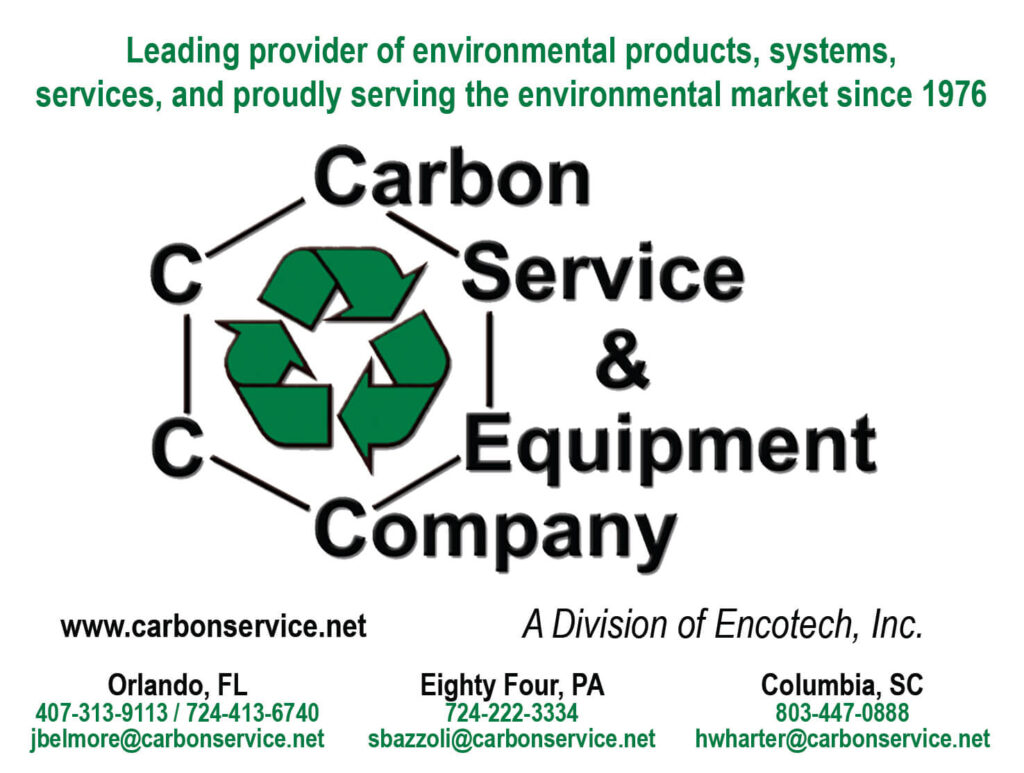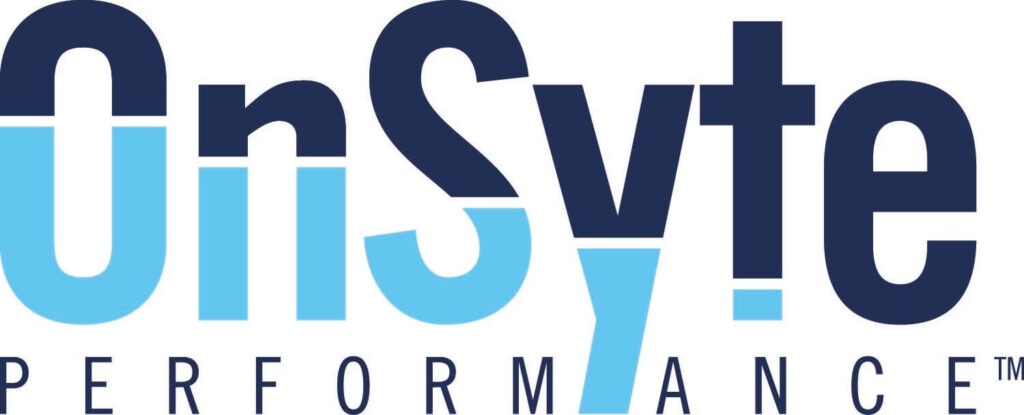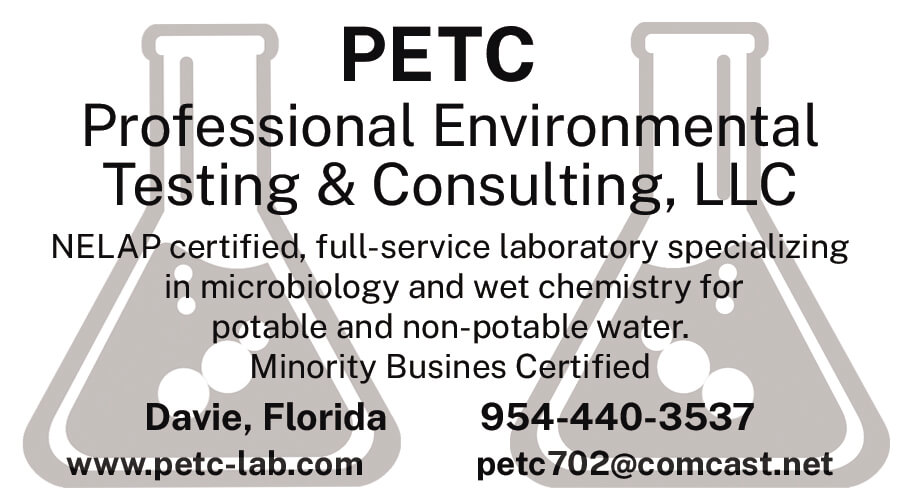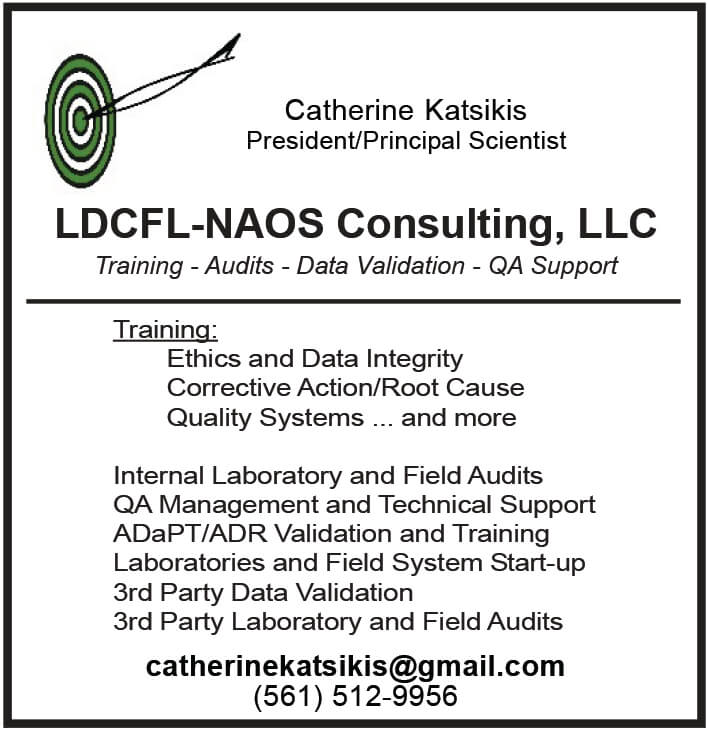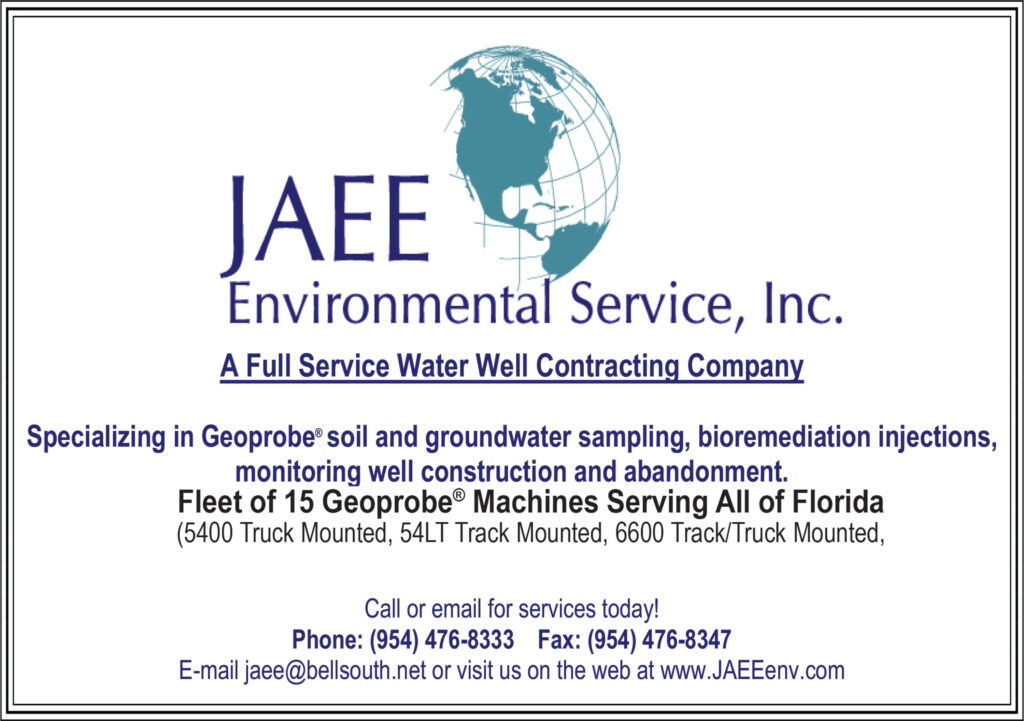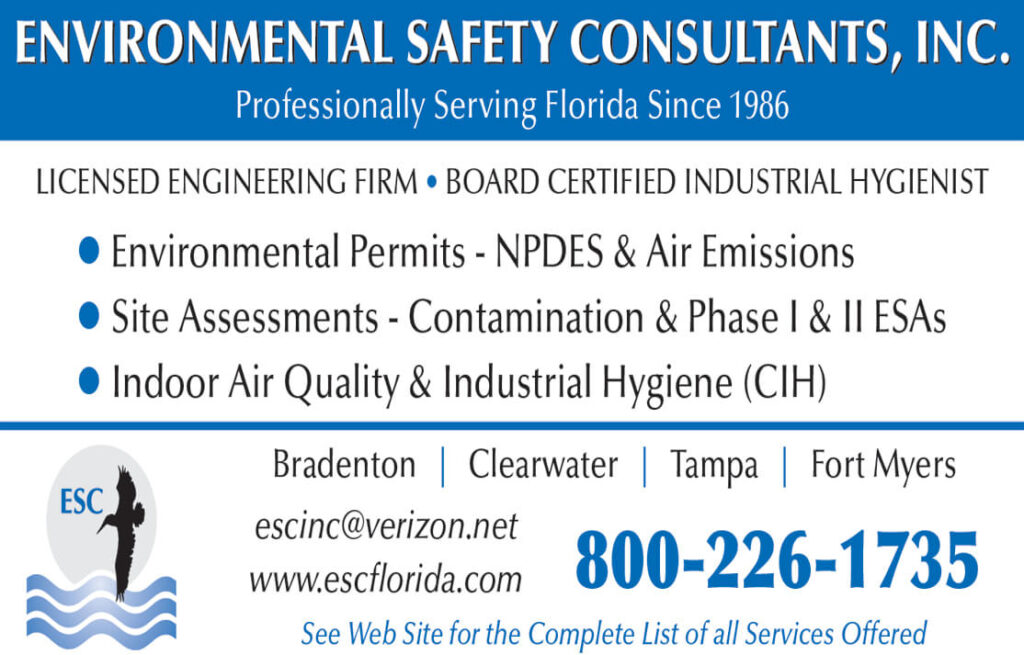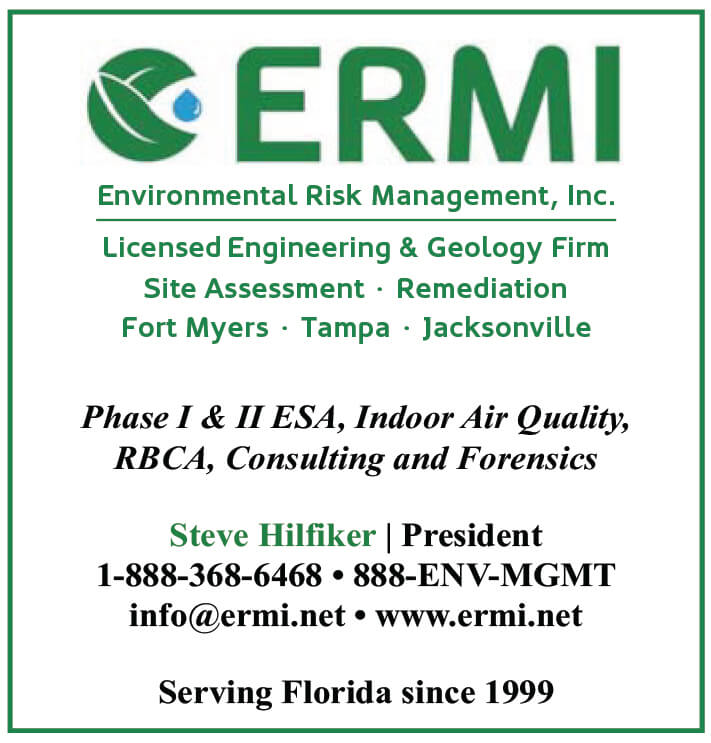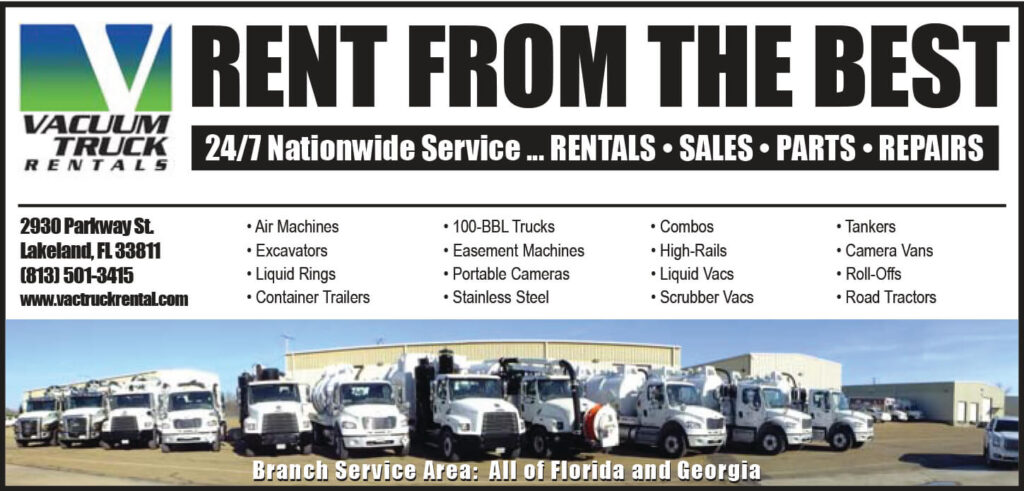By AARON GETCHELL,
CPG, PG

When you point a finger at someone to blame them for something, there are three fingers pointing back at yourself.
There is a lot of blame to assign for widespread Per- and Polyfluoroalkyl Substance (PFAS) contamination in our ecosystem. PFAS appears to be ubiquitous in the environment, has been bioaccumulating in our food chain, and is impacting our valuable natural resources.
This group of manmade chemicals is so resistant to degradation and so persistent that PFAS has been dubbed the “forever chemical”. PFAS was designed by chemical engineers to be resistant to heat, oils, and solvents . . . and resist it does. So on to the finger-pointing!
The first place to point a finger is the PFAS manufacturers, which is an easy one because man-made PFAS would not be in the environment if it weren’t invented, manufactured, and sold.
The fluorinated structure of PFAS was discovered in a DuPont laboratory in 1938, then used in consumer products starting in the 1950s.
However, PFAS manufacturers allegedly discovered that PFAS was a potential carcinogen in the 1960s and maybe weren’t immediately forthcoming with the health risks.
Health risks include: increased cholesterol levels; changes in liver enzymes; small decreases in infant birth weight; decreased vaccine response in children; increased risk of high blood pressure or pre-eclampsia in pregnant women; and increased risk of kidney or testicular cancer.
PFAS manufacturers have been sued numerous times, including by the State of Florida in 2022, Hillsborough County Circuit Court.
But PFAS is truly better living through chemistry and the PFAS manufacturers gave us what we wanted — better nonstick cookware, better stain-resistant fabric, better fireproof construction material, better nonstick food packaging, and better lifesaving fire suppressants.
The second place to point a finger is at the food packaging industry.
A 2022 Consumer Reports article indicated that testing showed elevated PFAS levels in some fast-food cookie bags, kids’ meal trays, french fry containers, sandwich/burrito wrappers, burger containers, salad bowls, and pizza containers. PFAS materials in direct contact with food products transfer PFAS to the food (or just by licking the wrapping clean) where it is ingested by the consumer, causing elevated PFAS levels that could lead to health problems.
But, nobody likes burger grease soaking through the wrapper, pizza cheese sticking to a container, or cookies sticking to their bags.
Many of these fast-food companies have committed to a slow phase-out of PFAS in their packaging . . . however, many have not.
The third place to point a finger is at the clothing and fabric industry that have used PFAS for its stain and water-resistant properties in clothing, bedding, table settings, and furniture.
Consumers (including children) are exposed to PFAS in these materials through direct contact with skin, and some of these products are even labeled “green” “or “non-toxic”.
Note that producers of these products may not be aware that PFAS-containing packaging has infiltrated their supply chains.
Even educated consumers that knowingly purchases water-proof and water-resistant brands that have been commonly associated with PFAS are at risk; but the public trying to purchase more ecologically friendly products should be encouraged for their efforts and not made victims of seemingly deceptive packaging.
Let’s NOT point a finger at firefighters!
I have had the opportunity to speak with firefighters that are responsible for protecting the health and safety of the public and these brave men and women truly care about saving people and property from fires.
Aqueous Film Forming Foams (AFFF) containing PFAS have been tested and used at airports, training centers, and military bases and have resulted in elevated PFAS concentrations in firefighters’ blood streams and impacts the environment. In my experience, many firefighters believe that PFAS-containing AFFF is a lifesaver.
Back to the finger-pointing, the fourth gets pointed at the Environmental Protection Agency (EPA), whose mission is to protect human health and the environment.
Addressing PFAS is an enormous technical, regulatory, and policy task. Considering the enormity, EPA has made solid progress on the 2021-2024 PFAS Strategic Roadmap.
EPA has issued rules on PFAS manufacturing, permitting, reporting, and monitoring; and advanced science and technology to better understand the characteristics and toxicity of PFAS.
EPA also offers free webinars (many PFAS-related) through CLU-IN to share information, educate the public, and engage stakeholders. Before EPA’s 2021 PFAS Strategic Roadmap, individual states began the process of addressing PFAS in the environment.
Our very own Florida Department of Environmental Protection began taking steps to protect its citizens and valuable natural resources in 2019 by proposing draft PFAS screening levels for soil, sediment, groundwater and surface water; preparing draft standard operating procedures for PFAS sampling; then preparing and implementing a consolidated PFAS Dynamic Plan in March 2022.
The fifth and final finger (thumb?) to point is back at ourselves, the consumer. PFAS manufacturers are phasing out PFAS in products.
Corporations are becoming aware of the scope of PFAS in their supply chain. Once identified, PFAS is being slowly phased out of products and companies are beginning to rethink labeling practices. EPA and state environmental agencies are engaging the public and advancing science and technology to promote PFAS assessments and clean-ups.
If solid science, testing, and transparent reporting demonstrates that a product contains an unacceptable level of PFAS then don’t buy it.
As consumers we have a choice not to buy products that contain PFAS and not be patrons of restaurants with PFAS in their food packaging. But let’s call a duck a duck, PFAS does make products better and chemistry does make our lives better. PFAS makes food wrappers less sticky, containers less greasy, and cloths less stained.
Water resistant jackets, boots, and equipment makes working and playing in the rain more tolerable and arguably safer. Plus, nobody wants to slowly burn a fiery death on an airport tarmac or highway . . . make my firefighting foam PFAS-containing AFFF.
So there’s a lot of blame to go around for the widespread PFAS contamination that is pervasive in our environment.
But I’m hopeful, and people that know me, know I’m an optimist.
There are a lot of very smart people working on this very complex problem. If we figured out how to create these fluorinated PFAS compounds in a laboratory and incorporate them into every-day products; then we can figure out how to safely break them down again, protect our valuable natural resources, and remove them from our environment.●

